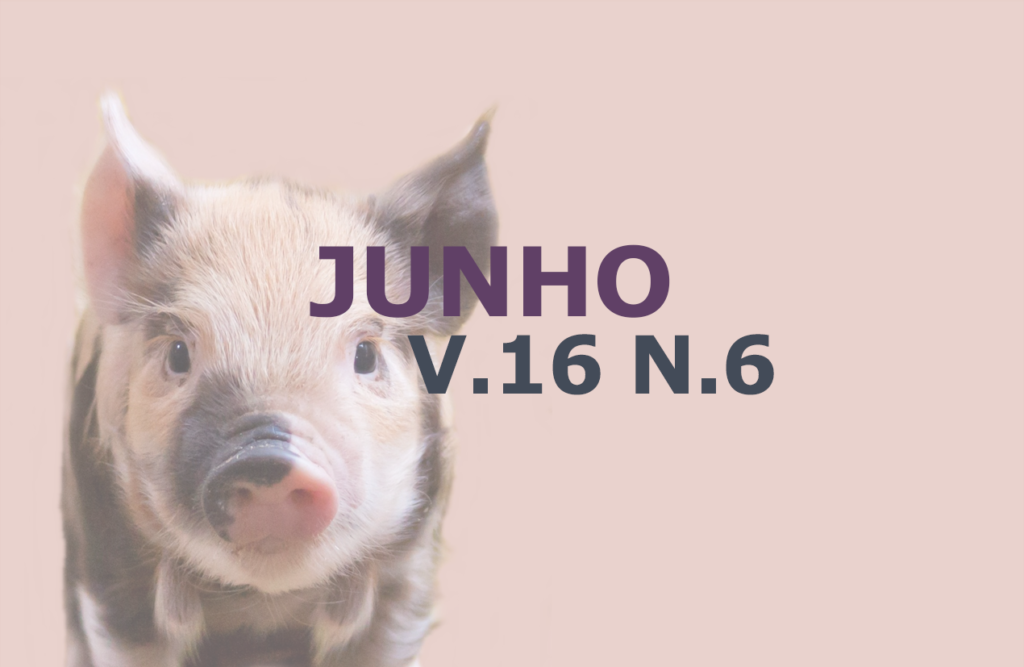Hemocromatose e capilariose em tucano-de-bico-verde (Ramphastos dicolorus)
DOI:
https://doi.org/https://doi.org/10.31533/pubvet.v16n06a1150.1-6Palavras-chave:
Capillaria, conservação, dieta, hemocromatose, tucanoResumo
O objetivo deste trabalho é relatar a ocorrência de hemocromatose e capilariose em um espécime de tucano-de-bico-verde (Ramphastos dicolorus) atendido pelo Núcleo de Estudos de Patologias em Animais Selvagens (NEPAS) da UFSM. O tucano em estado debilitado foi encaminhado para o laboratório para o diagnóstico de enfermidade. Foi realizada coletas de sangue para realização de exames bioquímicos e amostragem de fezes para exame coproparasitológico. Após o óbito do animal, realizou-se a necropsia e coletas de amostras de tecidos para exames histopatológicos e parasitológicos. Com os resultados dos exames realizados o quadro foi definido como hemocromatose hepática, resultado do alto teor de ferro na alimentação, associado com parasitismo por Capillaria, recorrente em animais silvestres mantidos em cativeiro. Portanto, o caso demonstra a necessidade de se obter o conhecimento necessário sobre as características fisiológicas de cada espécie ao mantê-las em cativeiro, com intuito de evitar danos à saúde e bem-estar dos animais.
Downloads
Publicado
Edição
Seção
Licença
Copyright (c) 2022 Gustavo Kutscher Ulguim, Helton Fernandes dos Santos, Paulo Dilkin, Leonardo Santos Marques, Laurete Murer, Elisandro Oliveira dos Santos

Este trabalho está licenciado sob uma licença Creative Commons Attribution 4.0 International License.
Você tem o direito de:
Compartilhar — copiar e redistribuir o material em qualquer suporte ou formato
Adaptar — remixar, transformar, e criar a partir do material para qualquer fim, mesmo que comercial.
O licenciante não pode revogar estes direitos desde que você respeite os termos da licença. De acordo com os termos seguintes:
Atribuição
— Você deve dar o crédito apropriado, prover um link para a licença e indicar se mudanças foram feitas. Você deve fazê-lo em qualquer circunstância razoável, mas de nenhuma maneira que sugira que o licenciante apoia você ou o seu uso. Sem restrições adicionais
— Você não pode aplicar termos jurídicos ou medidas de caráter tecnológico que restrinjam legalmente outros de fazerem algo que a licença permita.





